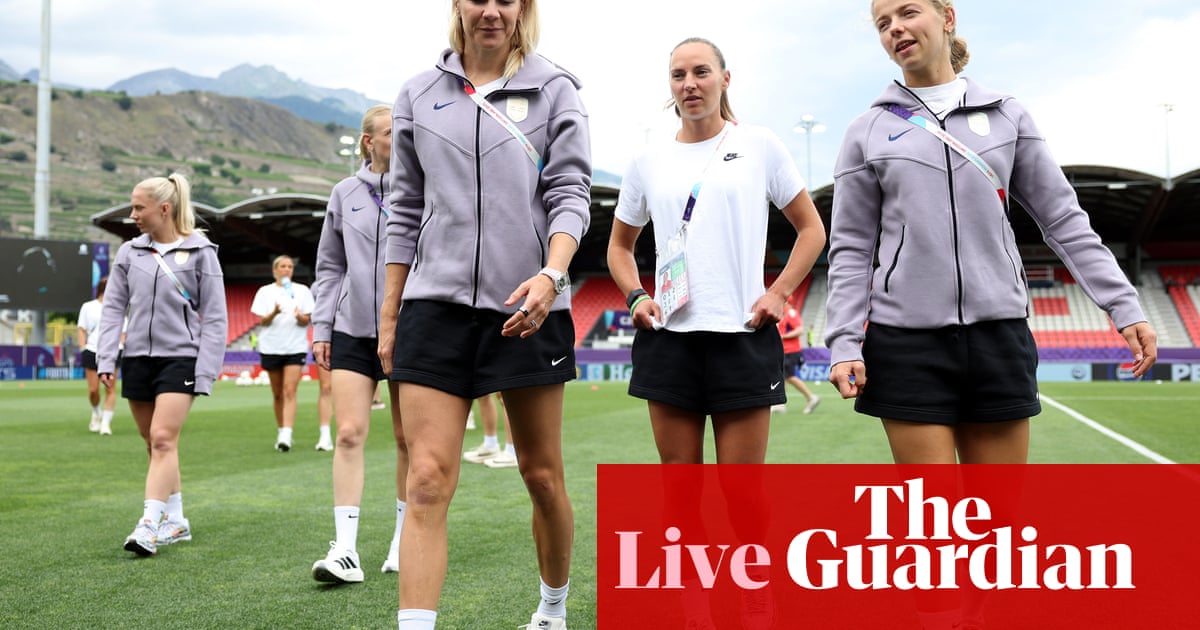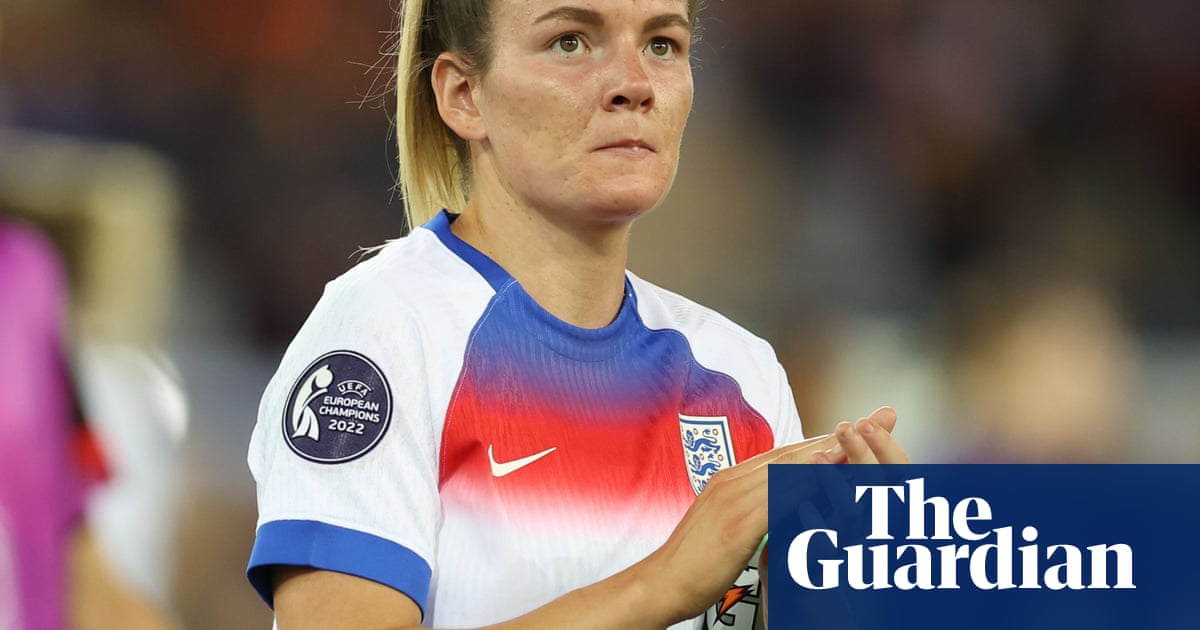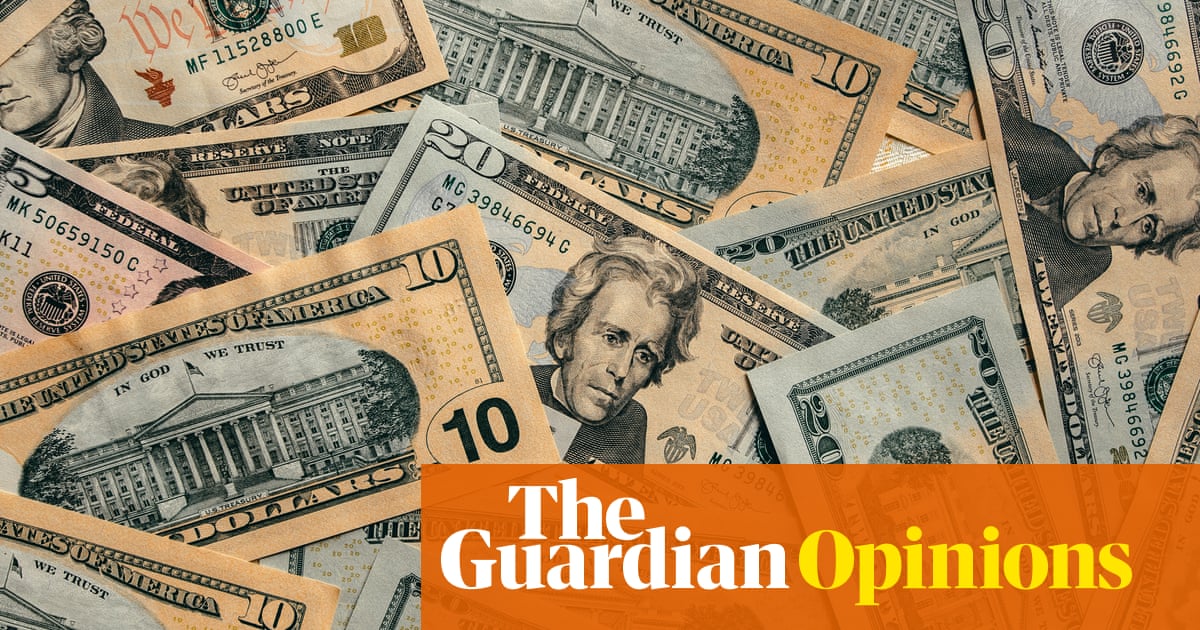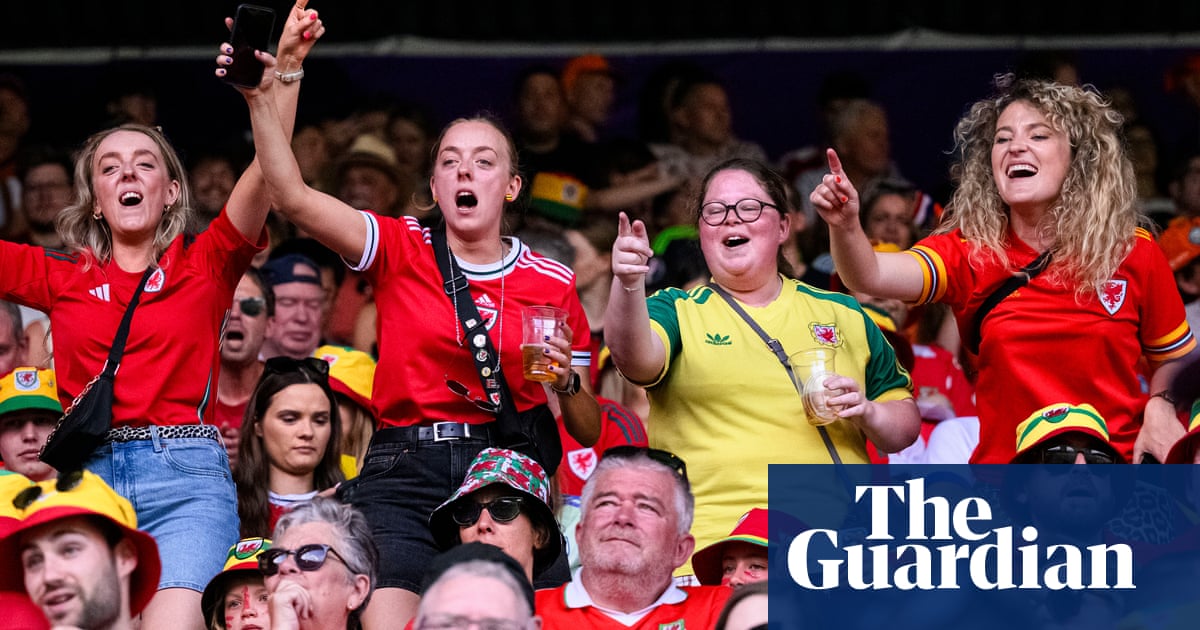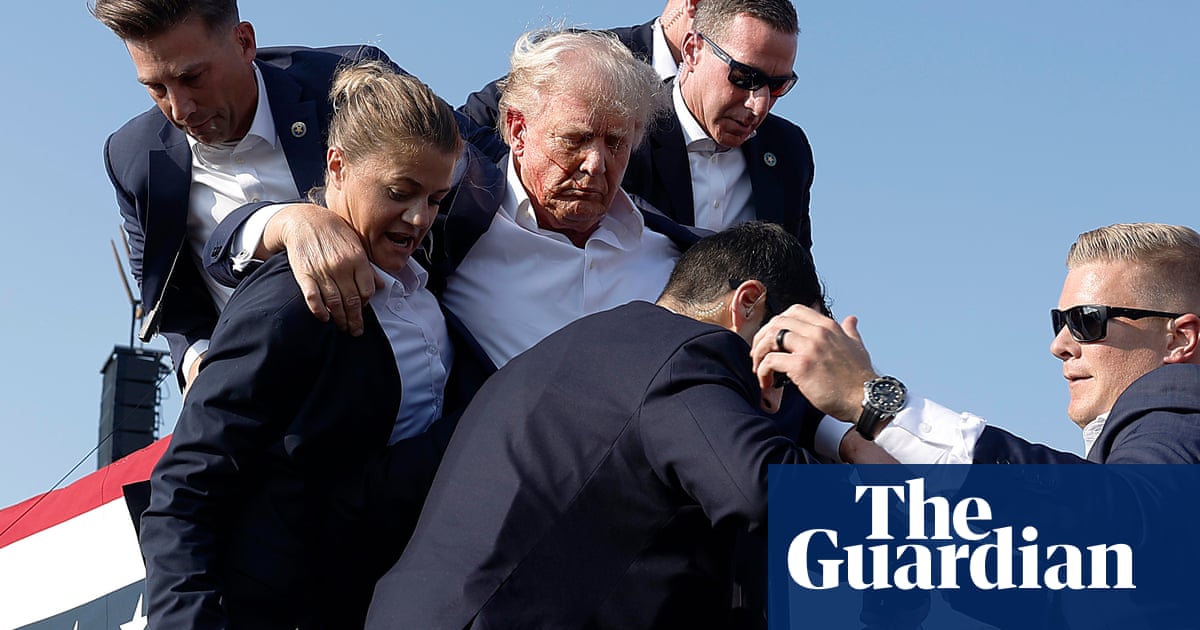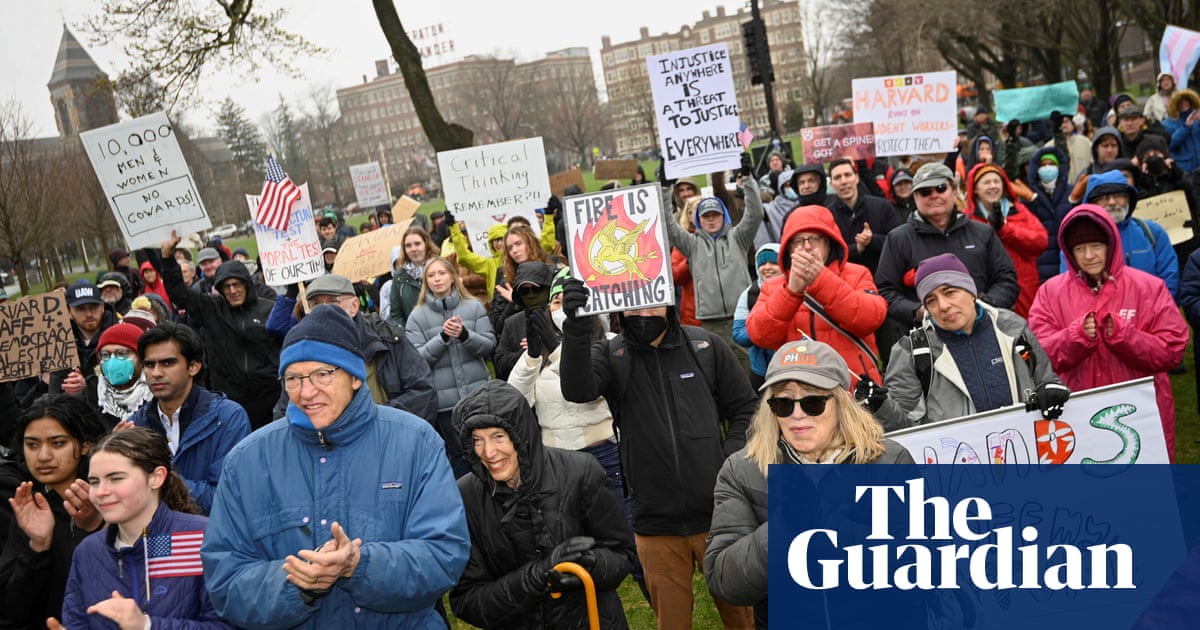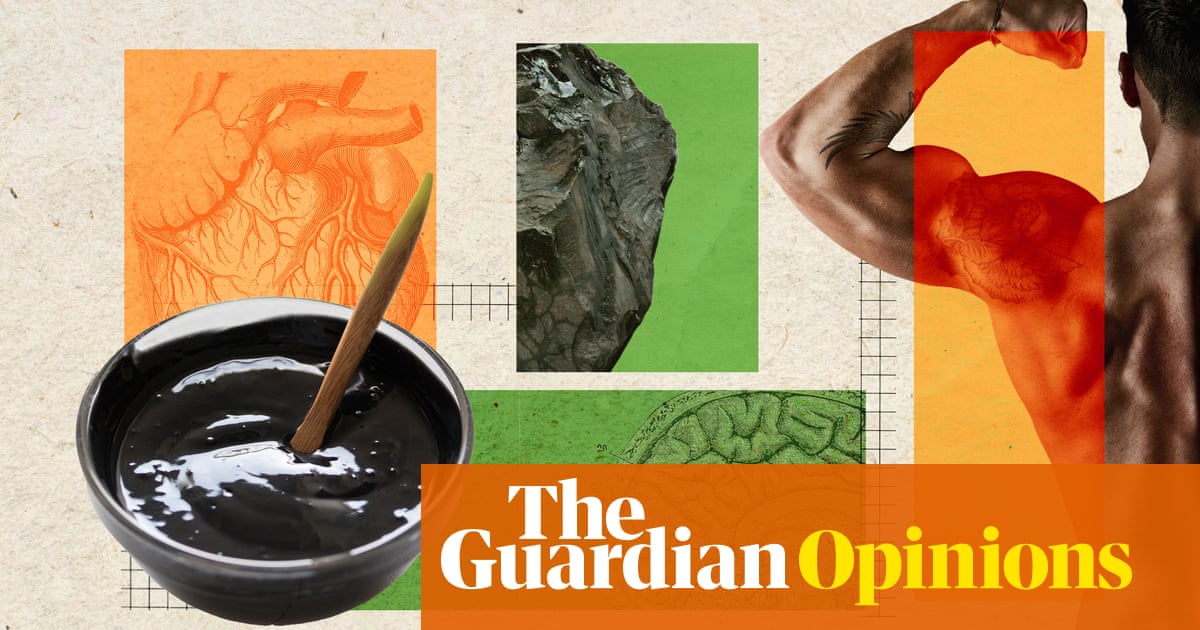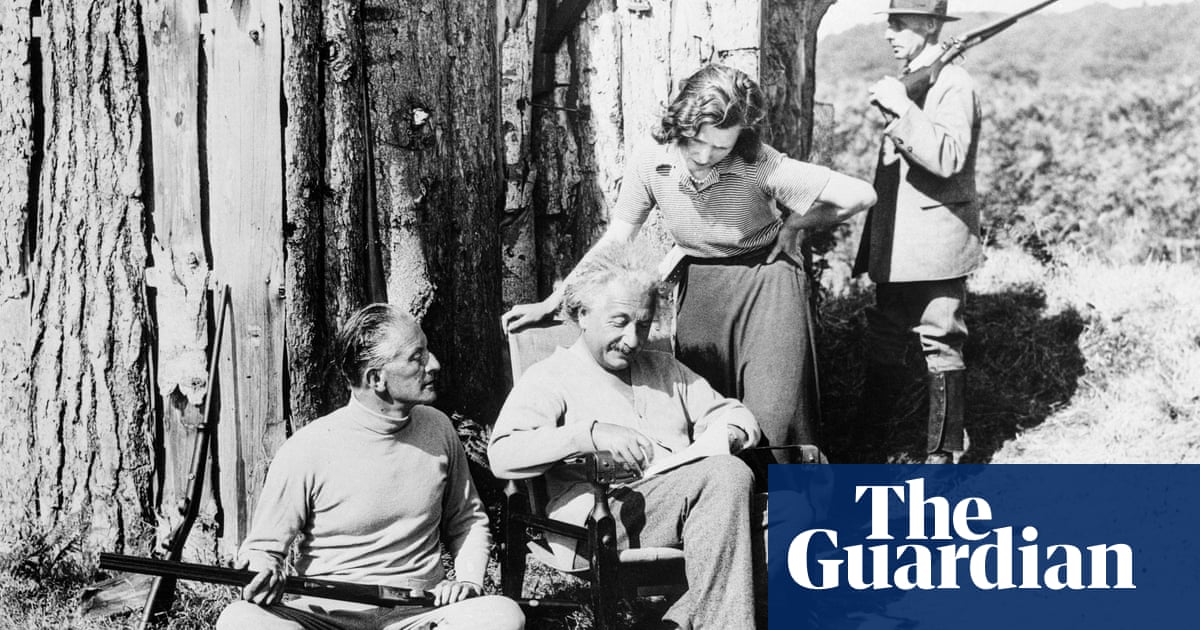The polls did not look good for New York progressives this winter when the Working Families party began making its endorsements for city elections. An early February poll from Emerson College showed Andrew Cuomo with a 23-point lead in a hypothetical Democratic primary matchup. None of the four leading progressives even approached double-digit support – including the then unknown assemblyman Zohran Mamdani. He polled at 1%.
In the days before ranked-choice voting, the Working Families party’s endorsement process might have looked quite different. Like-minded candidates would have drawn sharp distinctions between each other. Party officials might have looked to nudge candidates toward the exits, behind closed doors. Before any votes had been cast in the primary, the party would consolidate behind just one choice. It would have been bloody and left a bitter taste for everyone.
Instead, the opposite happened. Working Families, knowing that majorities rule and that no one can spoil a ranked-choice race, endorsed four candidates. Instead of a single endorsement that served as a kiss of death for other progressives, they backed a slate, allowing voters time to tune in and for candidates to make their pitches. Now Mamdani is the Democratic nominee and the overwhelming favorite to go from 1% all the way to Gracie Mansion.
There are many reasons why this 33-year-old pulled off a seemingly unthinkable upset and soared from obscurity to the most talked about Democrat in the nation overnight. He energized young people, reached voters where they are on social media and built an unstoppable coalition. He and his volunteers talked to everyone, everywhere.
Ranked-choice voting (RCV) encouraged and incentivized that joyous, barnstorming approach. And while Mamdani ultimately would have won a plurality contest or a ranked-choice one, his super-long-shot candidacy might have been squelched at the very beginning under the old system with its different electoral incentives. His victory shows how much more real power voters have under ranked-choice voting.
To be clear: RCV is a party-neutral and candidate-neutral tool. Its job is to produce a majority winner with the widest and deepest support from any field of more than two candidates. It puts an end to spoilers and to the impossible, wish-and-a-prayer calculation that voters otherwise have to make when faced with multiple candidates, some of whom they really like and some of whom they do not. Liberals, conservatives, independents and moderates have run and won under RCV, from coast to coast.
But while RCV might be strictly non-partisan, it is decidedly pro-voter – and almost always produces a more positive, issue-focused campaign that looks to drive up turnout and appeal to as many people as possible. A ranked-choice campaign rewards engagement and encourages coalitions; it’s a race where instead of tearing down opponents, candidates point out areas of agreement and ask to be a voter’s second choice.
Voters love RCV and find it easy to use. According to a new SurveyUSA poll of New York voters, 96% said their ballot was easy to fill out. More than three-quarters of voters want to keep or expand RCV. And 82% said they had taken advantage of RCV and ranked at least two candidates. (These numbers are similar across RCV elections, and a powerful rejoinder to critics who insist, despite evidence to the contrary, that it’s too confusing.)
A remarkable number of New Yorkers saw first-hand how RCV makes our votes more powerful – they had the freedom to express themselves and rank a long-shot first, but still had their vote count for either Mamdani or Cuomo in the ranked choice tally.
Perhaps the high marks are of little surprise: voters received a campaign unlike most any other. The tone remained positive and issue-based. Instead of cutting each other down, candidates lifted each other up: Mamdani and Brad Lander cross-endorsed each other, cutting joint ads, riding bicycles together to shared events, sharing the couch on Stephen Colbert, and even sharing a stage at Mamdani’s victory party. Jessica Ramos and Whitney Tilson endorsed Cuomo and said that they would rank him second. Mamdani helped Adrienne Adams with fundraising.
after newsletter promotion
Voters always say that they want more choice at the polls, candidates who engage with them, and a genuine, issue-based campaign. They got exactly that in New York City because of ranked choice. And the historic turnout levels – more than 1 million New Yorkers cast ballots, the highest number since the 1980s – shows that when voters get that kind of elevated, engaging campaign, they show up and get involved.
When voters have the opportunity to consider new candidates campaigning in creative new ways, the frontrunner with the early name recognition and largest donors can be eclipsed by a newcomer who started at 1%. And instead of going scorched-earth on each other before the general election, even some of the “losers” seem to have had their status elevated: Lander finished third, and instead of being an asterisk, he has now expanded his base and likability for a future campaign.
The majority winner in this race was Zohran Mamdani. But it’s also easy to suggest the real winner might be ranked-choice voting. In a moment when so many of our elections are fraught and polarized, all of us looking for a more unified and hopeful path forward – the “politics of the future”, as Mamdani called it when he declared victory – should take a close look at what just happened in New York as proof that stronger elections are truly possible.
What’s giving me hope now
Outside of Washington, cities and states are becoming laboratories of democracy once again. New York’s adoption of ranked-choice voting led to just the kind of campaign our politics so desperately needs: a giant field of candidates presenting their vision of the future, building coalitions, without any time squandered on “spoilers” or anyone pushed to drop out and consolidate early. In Portland, Oregon, meanwhile, voters modernized government and moved to proportional representation to elect the city council, broadening representation to groups and neighborhoods that have never before had a seat at the table. When voters make these changes, they like them, defend them, and expand them, as we have seen in New York, Maine and Alaska. And it won’t take long for people to ask why they can’t have ranked choice and proportionality in all their elections.
-
David Daley is the author of Antidemocratic: Inside the Right’s 50-Year Plot to Control American Elections as well as Ratf**ked: Why Your Vote Doesn’t Count

 6 hours ago
6
6 hours ago
6
